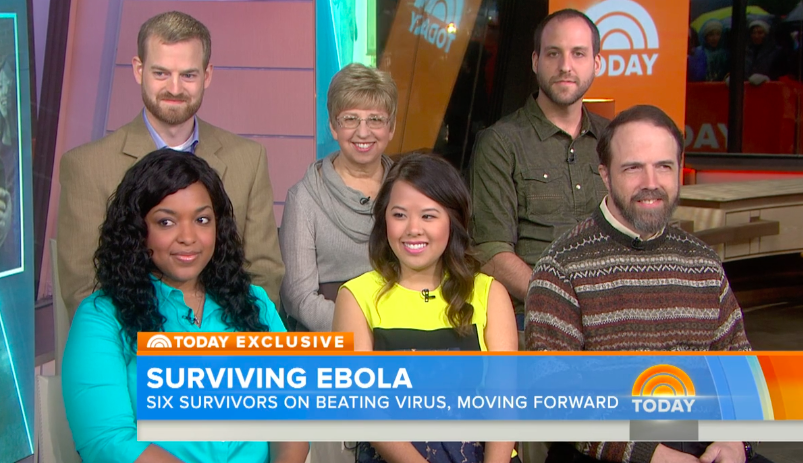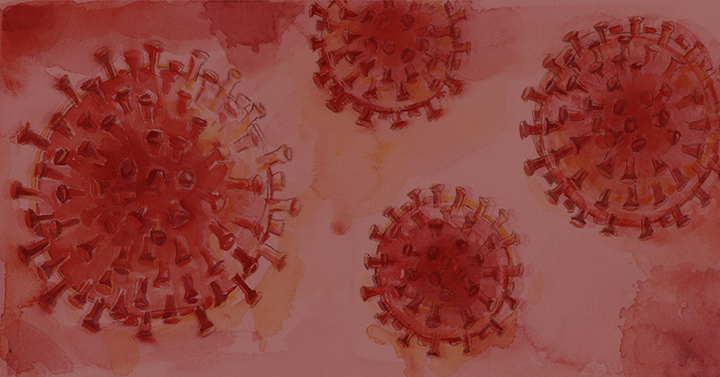NBC News, By Maggie Fox
Nov. 26, 2014, 2:47 PM CST / Updated Nov. 26, 2014, 3:43 PM CST
Dr. Kent Brantly donated a gallon or more of his own blood serum to help treat other patients with Ebola. Now, researchers say they’ve used genetically engineered cattle to do something similar.
Serum from the cattle has been used to treat hantavirus — a rare but highly deadly virus that causes regular outbreaks, including one that killed three campers at Yosemite National Park in 2012.
The same technology might be used against Ebola, MERS and other rare but deadly viruses, the researchers report in the journal Science Translational medicine.
And because cattle are so large, they can produce large quantities of the serum.
“Each animal can produce up to several hundred or even a thousand human doses of antibody per month,” the researchers wrote.
The team at SAB Biotherapeutics worked with a team at the U.S. Army Medical Research Institute of Infectious Diseases in Frederick, Maryland, to develop the process.
They started with genetically engineered cattle bred by SAB. The cattle carry human genes and make fully human antibodies. Then they made a vaccine against two types of hantaviruses and vaccinated the cattle. The cattle produced plenty of antibodies against the hantaviruses.
These could then be purified out of the serum. Hamsters get sick from hantavirus in much the same way that people do. The researchers infected hamsters with hantavirus. All the hamsters died when they were not treated. But seven out of eight hamsters given the antibodies lived, they reported.
People have used blood from disease survivors for centuries. But human blood can be loaded with bacteria and viruses. Purifying the serum can be more efficient, but people don’t have much to spare.
Doctors have also turned to large animals, especially horses. However, people can have a severe reaction to serum from other species of animal. Animal-based antibodies are usually purified in the lab to make them less likely to cause a reaction.
Genetically engineering the animals to produce fully human antibodies minimizes the risk, says Dr. Jay Hooper of USAMRIID, who led the study. “Once they are purified they will look just like human antibodies,” he said.
It’s one of many approaches being used to make antibodies to treat disease. Mapp Biopharmaceuticals, which makes the antibody-based Ebola drug ZMapp, uses gene-engineered human antibodies grown in tobacco plants.
Why not just vaccinate people? Hantavirus is deadly but so unusual that it would not be worthwhile making a commercial vaccine, Hooper says. “We are going ahead with a (hantavirus) vaccine,” he added — but it would likely be used just for people at very high risk, or for protection against biological attack.
Hantavirus is spread in rodent droppings. The 2012 Yosemite outbreak was traced to well-insulated tents that mice made comfy nests in. Hantavirus is found, in various forms, around the world.
It can cause a horrifying disease, taking up to two weeks to cause symptoms but then killing people in a matter of hours.
The virus was so mystifying when it was first reported in 1993 that it was called the Sin Nombre virus — Spanish for “the virus without a name.” The first known victim was a strapping young New Mexico man who died despite efforts to save him. Others followed, the victims suffocating as their lungs failed or dying of kidney failure.
“The high case fatality rate (35 to 40 percent) associated with these emerging viruses highlights the need for medical countermeasures,” the Centers for Disease Control and Prevention says.
The next step, says Hooper, is to test the antibodies in another animal species and then apply for permission to try it out in people.



